Choking & Asphyxiation
Lack of Supervision can Lead to Serious Injuries
Choking and asphyxiation are one of the most serious concerns in nursing homes that can lead to death in many instances. There are a number of reasons why a patient could choke. Many patients will choke on their food while others may choke due to a breathing tube being in place.
Choking and asphyxiation can also occur when a patient requires physical restraints. If a patient is choking there is only a small window to alleviate the choking and ensure the patient is getting the air he needs. Nursing home staff should be trained in what to do in choking and asphyxiation cases and should be able to provide assistance in these instances. However, many nursing homes are understaffed and many employees are under qualified to handle choking emergencies.
In some instances, restraints are necessary for the welfare of the patient. However, all restraints must be maintained and justified through a physician. Furthermore, the patient has the right to the least restrictive alternative restraint possible and the right to know the risks and complications involved in all restraints. The patient must give consent to the use of restraints. Restraints are meant to provide a higher level of safety and care for those patients who need additional help – they are not meant to cause even more danger to the patient.
In some instances, restraints are put into place as a form of punishment or abuse, or simply because the staff are too lazy, too careless or too tired to do their job properly. If restraints are being used unjustly, then it is important to notify the administrator of the facility or the state ombudsman of your concerns. If left in place, restraints will often lead to choking accidents that could have been avoided.
Federal Regulations Pertaining to Feeding Tubes – Choking Prevention
Freedom from abuse, neglect and exploitation. Based on the comprehensive assessment of a resident, the facility must ensure that—
(1) A resident who has been able to eat enough alone or with assistance is not fed by naso-gastric tube unless the resident’s clinical condition demonstrates that use of a naso-gastric tube was unavoidable; and
(2) A resident who is fed by a naso-gastric or gastrostomy tube receives the appropriate treatment and services to prevent aspiration pneumonia, diarrhea, vomiting, dehydration, metabolic abnormalities, and nasal-pharyngeal ulcers and to restore, if possible, normal eating skills.
Choking and Asphyxiation Complications
Choking and asphyxiation can lead to severe complications including stroke, brain damage and death. Death by choking can often be the result of nursing home neglect. It is the responsibility of the nursing home staff to constantly monitor the patients to ensure that they are alive and well. Although choking can occur anytime and anyplace, many instances of choking can be avoided with proper health care and monitoring. Residents should have an emergency button to activate in case of a serious problem, such as asphyxiation and all choking hazards should be removed before they become a problem.
Contact Kenneth LaBore for a Free Consultation
If you or someone you love has suffered from a serious injury, illness or death from a choking incident we can assist you with holding the facility accountable. Call Kenneth LaBore toll free at 612-743-9048 or toll free at 1-888-452-6589 or fill out the form on this page to discuss your nursing home rights and concerns. Email: KLaBore@MNnursinghomeneglect.com.


